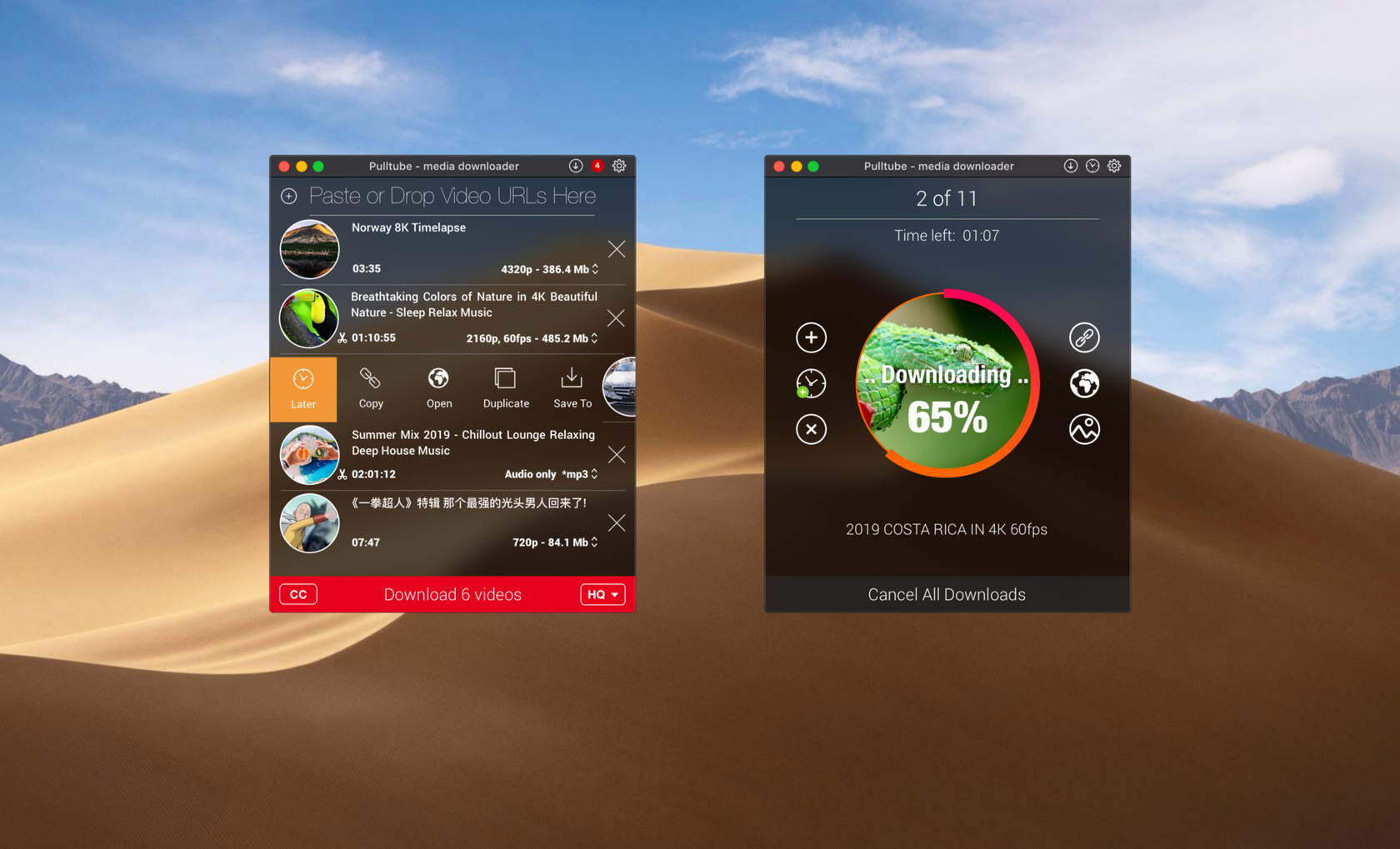

The Army indicated the need for improved follow-on models even as the first UH-1As were being delivered. While glowing in praise for the helicopter's advances over piston-engined helicopters, the Army reports from the service tests of the YH-40 found it to be underpowered with the production T53-L-1A powerplant producing a maximum continuous 770 shaft horsepower (570 kilowatts). Even after September 1962, at which point the designation for all models was changed to UH-1 under a unified Department of Defense (DOD) designation system, yet the nickname persisted. Army name was almost never used in practice. The reference became so popular that Bell began casting the name on the helicopter's anti-torque pedals. The helicopter quickly developed a nickname derived from its HU-1 designation, which came to be pronounced as "Huey". In March 1960, the Army awarded Bell a production contract for 100 aircraft, which was designated "HU-1A" and officially named Iroquois after the Native American nations. During 1957, a further two prototypes were completed. Even prior to the first flight, the Army had placed an order for six YH-40 service test helicopters. Powered by a prototype Lycoming YT53-L-1 (LTC1B-1) engine producing 700 shp (520 kW), the XH-40 first flew on 20 October 1956, at Fort Worth, Texas, with Bell's chief test pilot, Floyd Carlson, at the controls. In excess of 16,000 Iroquois have been built since 1960. In US Army service, the Iroquois was gradually phased out following the introduction of the Sikorsky UH-60 Black Hawk and the Eurocopter UH-72 Lakota, although hundreds were still in use more than 50 years following the type's introduction. In response to demands from some customers, a twin-engined model, the UH-1N Twin Huey, was also developed during the late 1960s a four-bladed derivative, the Bell UH-1Y Venom, was also developed during the early twenty-first century. The Bell 204 and 205 are Iroquois versions developed for the civilian market. A dedicated attack helicopter, the Bell AH-1 Cobra, was derived from the UH-1, and retained a high degree of commonality. Various derivatives and developments of the Iroquois were produced. The Iroquois was originally designated HU-1, hence the Huey nickname, which has remained in common use, despite the official redesignation to UH-1 in 1962. Various other conflicts have seen combat deployments of the Iroquois, such as the Rhodesian Bush War, Falklands War, War in Afghanistan, and the 2007 Lebanon conflict. In total, around 7,000 Iroquois were deployed in the Vietnam theatre, over 3,300 of which were believed to be destroyed.

Other nations' armed air services, such as the Royal Australian Air Force, also dispatched their own Iroquois to Vietnam. The United States Air Force also deployed its Iroquois to Vietnam, using them to conduct reconnaissance operations, psychological warfare, and other support roles. Armed Iroquois gunships carried a variety of weapons, including rockets, grenade launchers, and machine guns, and were often modified in the field to suit specific operations. It was used for various purposes, conducting general support, air assault, cargo transport, aeromedical evacuation, search and rescue, electronic warfare, and ground attack missions. The Iroquois was first used in combat operations during the Vietnam War, the first examples being deployed in March 1962. Further modifications would include the use of all-aluminium construction, the adoption of a rotor brake, and alternative powerplants. A stretched version of the Iroquois, first flown during August 1961, was also produced in response to Army demands for a version than could accommodate more troops. In response to criticisms over the rotorcraft's power, Bell quickly developed multiple models furnished with more powerful engines in comparison to the prototype's Lycoming YT53-L-1 (LTC1B-1) engine, producing 700 shp (520 kW), by 1966, the Lycoming T53-L-13, capable of 1,400 shp (1,000 kW), was being installed on some models. An initial production contract for 100 HU-1As was issued in March 1960.

The Bell 204, first flown on 20 October 1956, was warmly received, particularly for the performance of its single turboshaft engine over piston engine-powered counterparts. It is the first member of the prolific Huey family, as well as the first turbine-powered helicopter in service with the United States military.ĭevelopment of the Iroquois started in the early 1950s, a major impetus being a requirement issued by the United States Army for a new medical evacuation and utility helicopter. The Bell UH-1 Iroquois (nicknamed " Huey") is a utility military helicopter designed and produced by the American aerospace company Bell Helicopter.


 0 kommentar(er)
0 kommentar(er)
